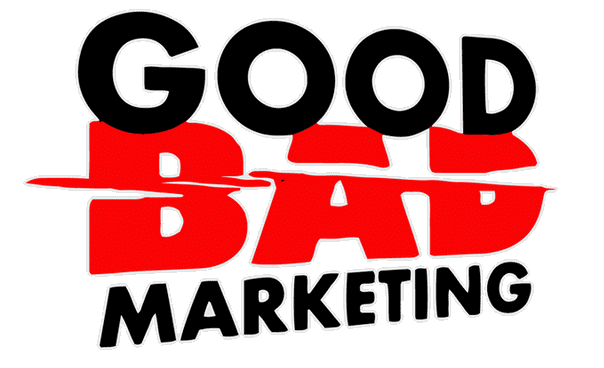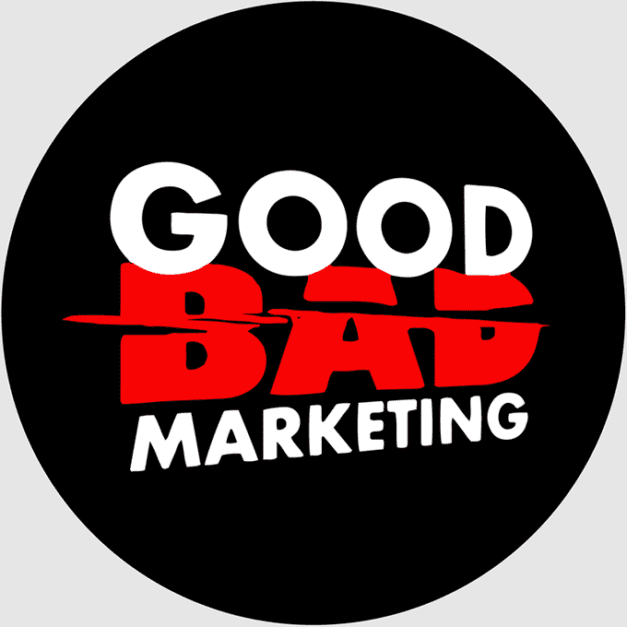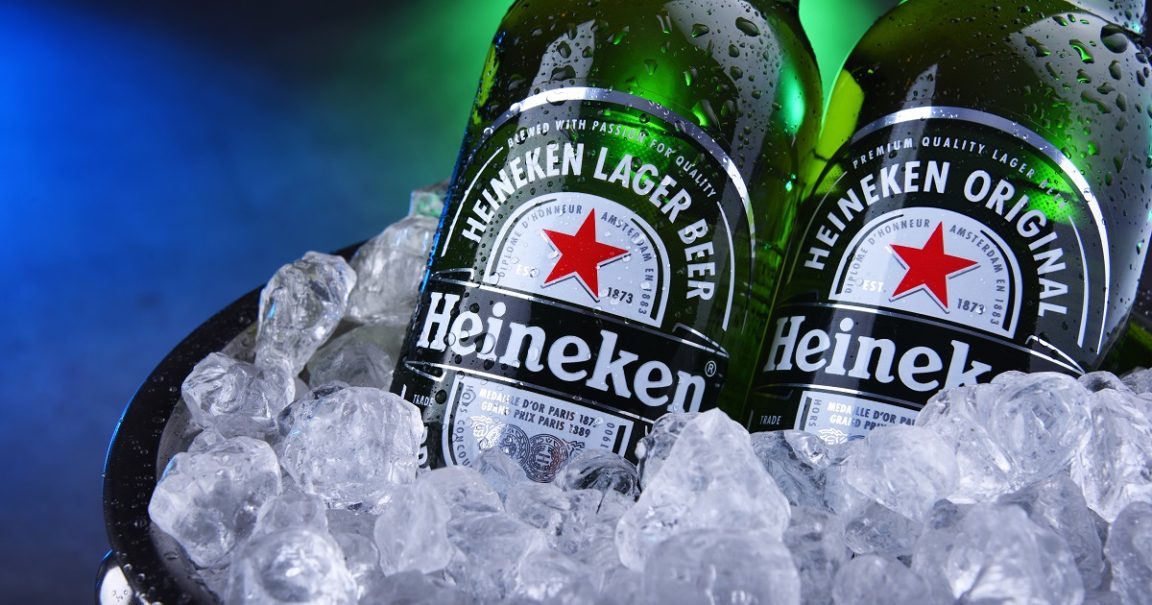When we talk about a variety of good beers, Heineken is always on the top list – the pungent, yet less bitter, and fuzzy beers just go over the top, with flavours that connote a premium texture, oozing with satisfaction with a good dose that carbonated sensation on a Friday night or just a normal day after work. The innovation and the authenticity with how Heineken revolutionized its products just goes way beyond our taste buds and goes deep into our preference, with a brand that makes itself a superior name on top of any other.
Nevertheless, Heineken isn’t just about how it tastes – It has gone through a series of developments not only with its product but with how it creates presence and relevance to the masses. More than 2 centuries since its brewing, Heineken has expanded and generated income globally, paired with how it targets markets, positions, and advertises its product, which creates a competitive impact by leaving behind its competitors.
Yet, how did the brand skyrocket and create a valuable name for itself?
Heineken’s Sub Brands
Heineken is not only known for this initial name. Since it has expanded throughout Europe the world eventually, it has operated under different names such as Amstel, Affligem, Desperados, Bulmers, Lagunitas, Orchard Thieves, Tiger, and many more; it also has expanded into different countries and continents, providing alcoholic and non-alcohol drinks, catered to the preferences of people in different locations as well. This also connotes that Heineken embraces a marketing technique where the taste of their beers and ciders are defined by the population they are providing it, and is centred towards a mix of beer based on the preferences of the location their business is brewing.
Sub-brands also enable the company to innovate its distribution channels for different settings – the company uses local strategies to produce and distribute the majority of its offering in stores, restaurants, clubs, and pubs, where they then can decrease its shipping costs and optimize its distribution efficiency.
While their tagline connotes “Open your world”, they also have diversified their products, creating beers that do have a distinctive taste, but a different kick to them.
Heineken Research and Development
As stated, Heineken has made different products in different locations via their mother name and their corresponding sub-brands. However, it does not only entail giving an additional wing to the company but more on producing beers that are different and can satisfy customers per location.
Therefore, Heineken has been investing heavily in research and development, to satisfy the demands of its target market as the years go by. Adding flavours, creating concepts for familiarity in taste, and even a production strategy that has a better understanding with its customers is what they always aim for.
Heineken Pricing
The value of each product is also an effective way to provide Heineken with considerable revenue but still comes in friendly with their target market. With this, the company has considered pricing per geographical location, giving price discounts and promotions, and also using discriminatory pricing.
As per geographical location, Heineken puts a different tag on the prices of their products per differences in location. For instance, their 300ml beer bottle costs $3.77 in Norway, and $2.26 in Canada, while in the Philippines it costs $1.17. The prices do not necessarily mean it is made at random, nonetheless, it just connotes different considerations. If one puts it in detail, Heineken generates a pricing per shipping costs, demand, and economical capability of a country. For Norway, it comes expensive because their beer is heavily taxed; in the Philippines, it costs low because the competition is very tough with the known beers, and thus a better way to let the masses try their products.
Still, Heineken engages in premium pricing, while still enabling its target market to enjoy its products. Hence, stable revenue and globally present are known regardless of the country.
Heineken’s Visibility to the Market
Perhaps the most essential part of Heineken’s marketing strategy, creating a valuable presence worldwide is their way for people to know and have their name on top of mind for the masses. Noting this, Heineken positions itself as a great drink for friends in middle age, and has also emerged to give promotional ads that portray playful yet cheerful themes to depict the enjoyment of life.
On another note, it is also crucial for the company to be of visibility not only in prints but digitally as well – Heineken now uses online platforms, social media particularly, in reaching out to their clients. With Twitter, Instagram, Facebook, and even blogs with affiliate networks, they have come to digitally revolutionize their advertising approach. This has helped them advertise their products worldwide, especially since the internet has come to its peak nowadays.
Additionally, Heineken has associated itself with different events through sponsorships such as Formula 1, UEFA Champions League, Rugby world cup, James Bond Spectre, and Grand Prix in the year 1889 at Paris, and Hors Concours Membre du Jury in the year 1990 in France. This has also assisted the brand in spreading its name through television and broadcast throughout the world, finishing with a celebratory beer that just splashes through its success; the more famous and relevant events, the bigger the brand presence.
All the more, it has succeeded in becoming the recipient of the Creative Marketer of the Year in 2015 which was awarded at Cannes and has linked itself to being on the top mind for of most people when they think about beer brands. Therefore, its popularity is backed by the events and how they are able to get those perky ads going on TV and the internet and have made it necessarily justifiable to exhaust more resources to it over the years.
These, in sum, paved a way for Heineken to be a top brand in the beer industry. Whether it’s an alcoholic drink or not, they have exercised expansion through continents but still regard advertising, positioning, and pricing to generate presence and revenue immortalizing its name decades after decades.
If you think about good brands of beer, you always think about the green bottle with the red star, right? Look how Heineken has got into your senses – it’s intelligent, bold, and unconsciously admiring as you may think of it.





